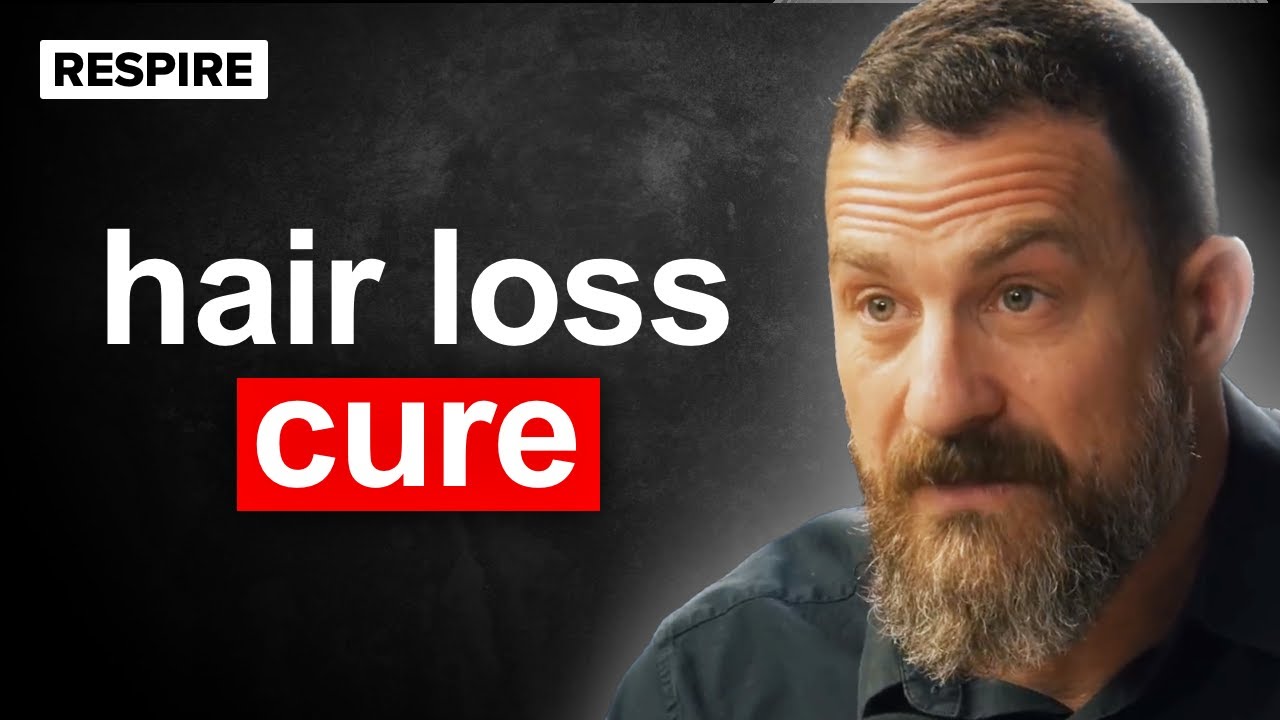In today’s world of grab-and-go snacks and school lunch trays packed with ultra-processed convenience foods, it’s no surprise that chronic health conditions are showing up earlier than ever. More than 70% of the calories in a typical American child’s diet now come from ultra-processed foods—items loaded with refined sugars, seed oils, and starches that offer little more than a temporary energy spike followed by a crash. This isn’t just poor nutrition—it’s a public health crisis.
But what if the solution starts with lunch?

Rethinking the School Cafeteria: A Grassroots Approach
Meet Hillary Boynton, a passionate food educator and the founder of the School of Lunch, a revolutionary model that proves school food can be healing, delicious, and rooted in traditional nourishment. Hillary never imagined she’d end up running a school kitchen. Her journey began as a mother seeking answers to her family’s health struggles—from eczema and epilepsy to speech delays and cancer. Her commitment to real food became a lifeline.
After moving her family to a small town in California, she discovered a local school that mirrored her food philosophy. But as the school grew and outsourced its meal program, she saw a disconnect between what kids were eating and how nature intended them to be nourished. Stepping in as a consultant and eventually taking over the kitchen, Hillary brought traditional, nutrient-dense foods back to the lunchroom—and transformed an entire community in the process.

What Real School Food Looks Like
At School of Lunch, the cafeteria isn’t serving frozen nuggets or boxed mac and cheese. Instead, children are fed slow-cooked meals made from scratch using local, organic ingredients: grass-fed meats, bone broths, soaked grains, fermented vegetables, and seasonal produce. These aren’t fads or “health food trends”—they’re traditional preparation methods that improve digestibility and maximize nutrient availability.
Up to 85% of the ingredients are sourced locally, supporting sustainable agriculture while deepening the community’s connection to their food system. The results speak for themselves.
From Gut Health to Brain Health: The Science Behind It
What’s happening in this school kitchen isn’t just anecdotal—it’s backed by science. Diets high in processed foods have been linked to inflammation, poor gut health, mood disorders, and learning difficulties. On the flip side, whole foods rich in bioavailable nutrients and healthy fats support steady energy, hormone regulation, and neurological development.
One of Hillary’s sixth-grade students said it best: “I used to feel up and down all day. Now, I just feel even.” That sense of balance, clarity, and calm is precisely what nourishing food can provide—especially when consumed regularly during the school day.

The Gut-Brain Connection in Action
As someone who’s spent over two decades helping clients restore their health through food, I can’t emphasize enough how central the gut-brain axis is. Inflammation in the gut can manifest as mood swings, anxiety, and attention issues. Hillary’s work is a living case study: children who once struggled to concentrate or regulate their emotions are now thriving, simply because their bodies are being properly fueled.
This isn’t just about removing junk food—it’s about replacing it with meals rich in probiotics, minerals, and fat-soluble vitamins. Sauerkraut, organ meats, pastured eggs, and cod liver oil might not be standard cafeteria fare, but they should be.
Teachers Eat the Same Meals—And Feel It Too
Another critical success factor? Adults in the building eat the same food as the kids. Teachers report better focus, higher energy, and fewer afternoon crashes. It’s a community-wide shift toward health that goes beyond the lunch tray. When educators model healthy eating habits and feel the benefits themselves, it reinforces the importance of nutrition as a foundation for learning and well-being.
Empowering Families and Changing Food Culture
One of the most powerful ripple effects of Hillary’s work is how it’s reaching parents. When kids go home asking for bone broth or fermented vegetables, families begin to wake up to the role food plays in behavior, sleep, and immunity. As the mother of grown children, I can say this plainly: if I had understood nutrition the way I do now, our lives would have looked very different.
What School of Lunch is doing isn’t just about feeding kids—it’s about rebuilding a food culture that respects nature, tradition, and human physiology.
Why This Isn’t Everywhere—Yet
Despite its success, this model remains limited by funding and manpower. While demand is high, resources are scarce. This is not a government-sponsored initiative or corporate-funded venture—it’s a grassroots movement powered by volunteers, chefs, and parents who believe in real food.
The biggest hurdle isn’t interest—it’s scale. Most schools don’t know it’s possible to overhaul their meal programs without blowing the budget. Others simply lack the trained staff. That’s why Hillary created a School of Lunch Training Academy—a comprehensive program that teaches chefs, dietitians, and school staff how to replicate this model in their own communities.

Food Is Medicine—But It Has to Be Real
There’s a growing movement pushing the idea that “food is medicine,” but as with many good ideas, the execution often falls short. Programs touting this message sometimes offer meals that still rely on industrial food products—Cheerios, low-fat desserts, and boxed starches that do little to support healing.
True food-as-medicine approaches begin with real ingredients prepared traditionally. They respect the body’s need for nutrient density, bioavailability, and satiety—principles that were central to how humans ate for millennia before the rise of industrial food.
Kids Deserve Better—and They Know It
Children are smarter than we give them credit for. When they experience what it feels like to be well-fed, they want more of it. They begin to crave that feeling of balance, energy, and satisfaction—not the empty buzz of sugar and seed oils.
One boy who had been labeled “failure to thrive” entered the school system visibly undernourished. After weeks of support and healing foods—broths, organ meats, and gut-friendly meals—he began to gain weight, thrive socially, and catch up developmentally. Now a thriving high schooler, his story is a reminder that with the right tools, transformation is possible.
A Call to Action: Change Starts With Us
The current system isn’t working. Over 60% of American youth are consuming ultra-processed foods daily, and chronic diseases are rising in tandem. But programs like School of Lunch offer a different vision—one rooted in ancestral wisdom, scientific integrity, and deep compassion for our children’s future.
We may not be able to change a million schools overnight, but we can train a million people to create change in their communities.
If you’re a parent, chef, educator, or health professional, now is the time to get involved.
Start by asking one simple question: What are our kids eating—and what can we do better?
Looking to bring this approach to your school or community? Explore resources, get involved, or learn more about real food strategies by reaching out to your local health professionals or visiting grassroots organizations like the School of Lunch.



